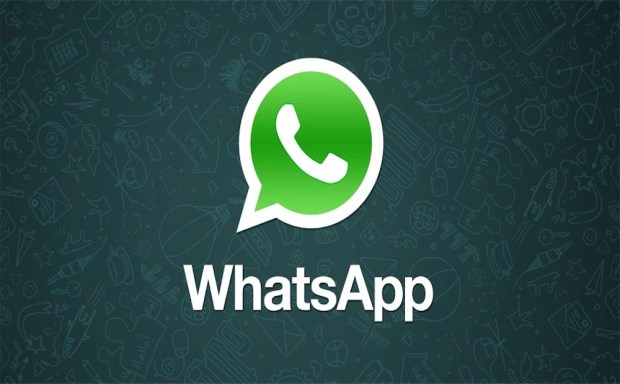WhatsApp’s Business API Is Its First Revenue-Generating Product

WhatsApp has announced the launch of its first revenue-generating enterprise product, and the only way it currently makes money is directly from its app. The WhatsApp Business API will allow businesses to respond to messages from users for free for up to 24 hours, then charge a fixed rate by country per message sent after that.
“We’re introducing the WhatsApp Business API to help businesses manage communications with existing and potential customers at scale,” wrote Facebook, which acquired WhatsApp for $19 billion in 2014, in a blog post. “With the WhatsApp Business API, you can send messages to people who initiate a chat with your business or who request that you send them information via WhatsApp.”
In addition, businesses can use the WhatsApp Business API to send customized notifications with relevant, non-promotional content, such as shipping confirmations, appointment reminders or event tickets. These messages will be charged at a fixed rate for confirmed delivery.
“We’ve been testing the WhatsApp Business API for months, and we are now working with more than 90 large businesses, including B2W, MakeMyTrip, Singapore Airlines, Uber and Wish,” Facebook added. “Businesses using WhatsApp have received positive feedback from customers who have enjoyed a fast, reliable experience in an app they’re already using for messaging.”
The company pointed out that Indonesian eCommerce company Sale Stock uses the API to send out product recommendations, order updates and provide customer service. The service has become the largest source of inbound traffic for Sale Stock, with customers reading 90 percent of delivered messages.
To ensure everyone’s privacy, all messaging between users and businesses, even through the API, will be end-to-end encrypted.
The new service comes as WhatsApp is still waiting for the green light from the Indian government to officially launch its payment service across the country. In February, WhatsApp launched a payments feature in India that now has around 1 million users, but it needs to wait for clearance from the government for a full-fledged rollout across the country.
